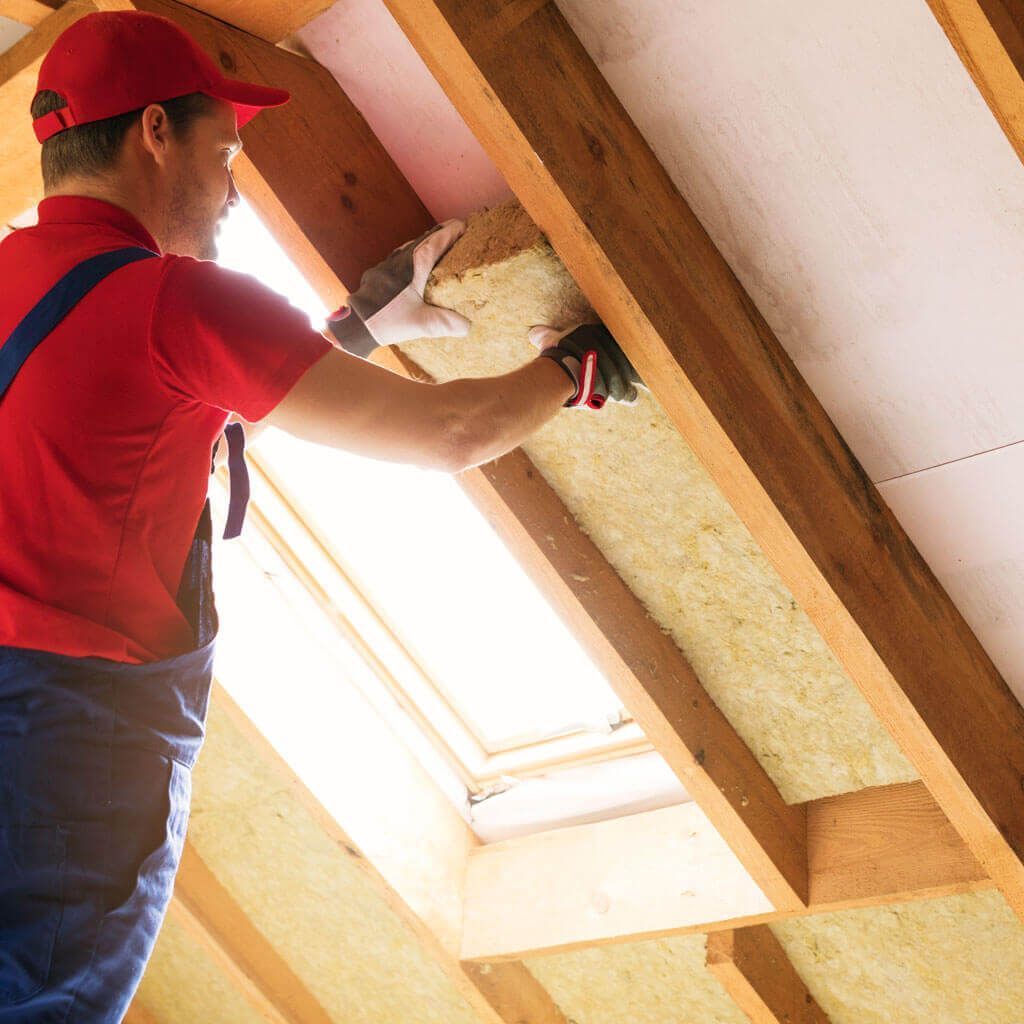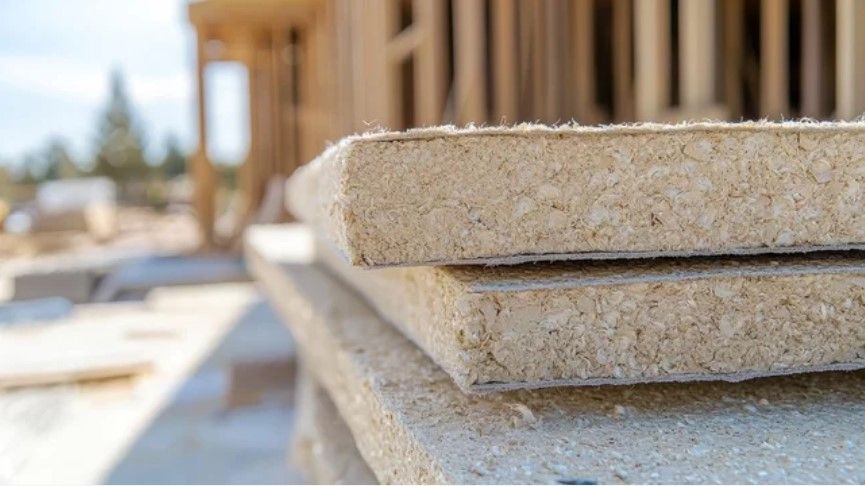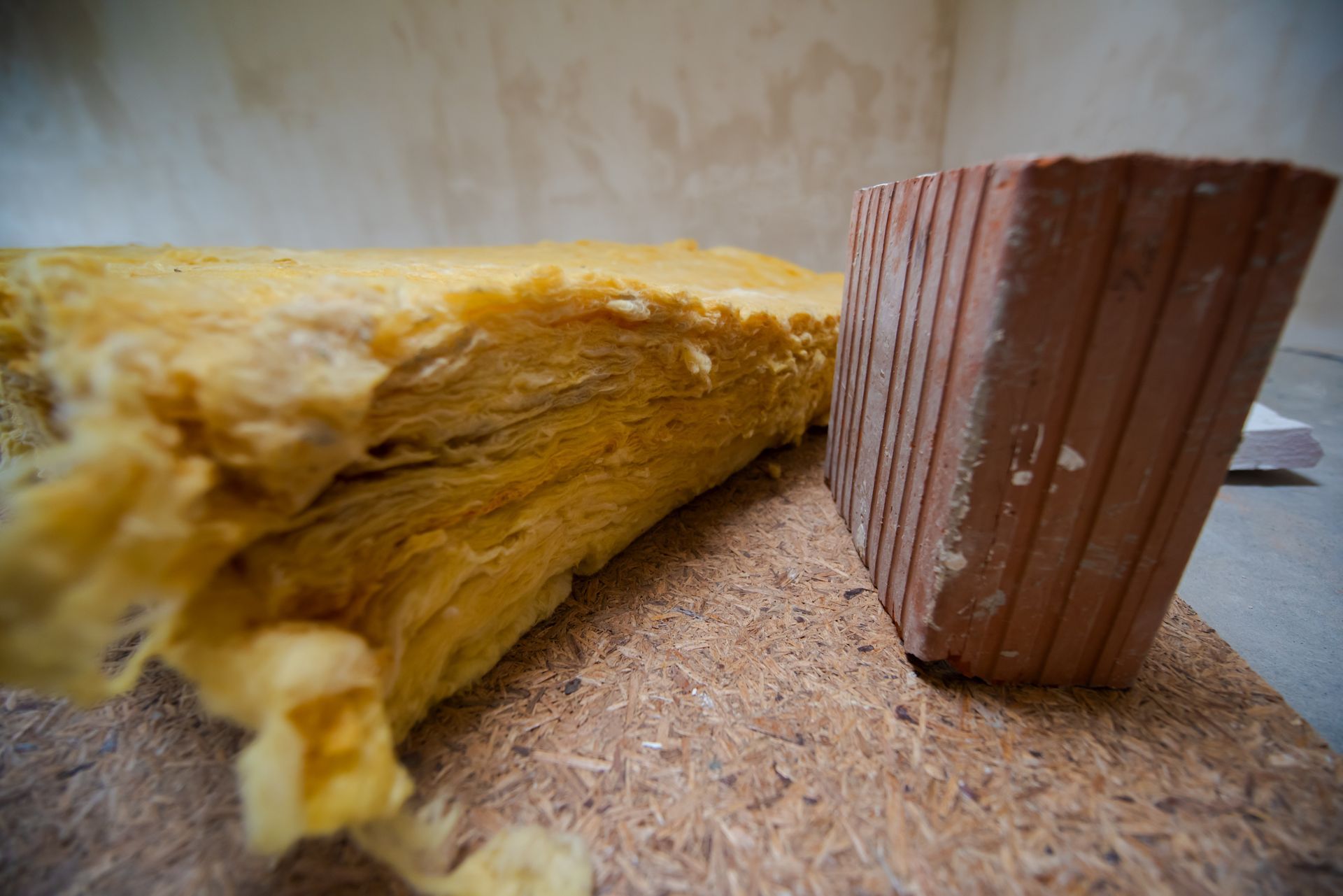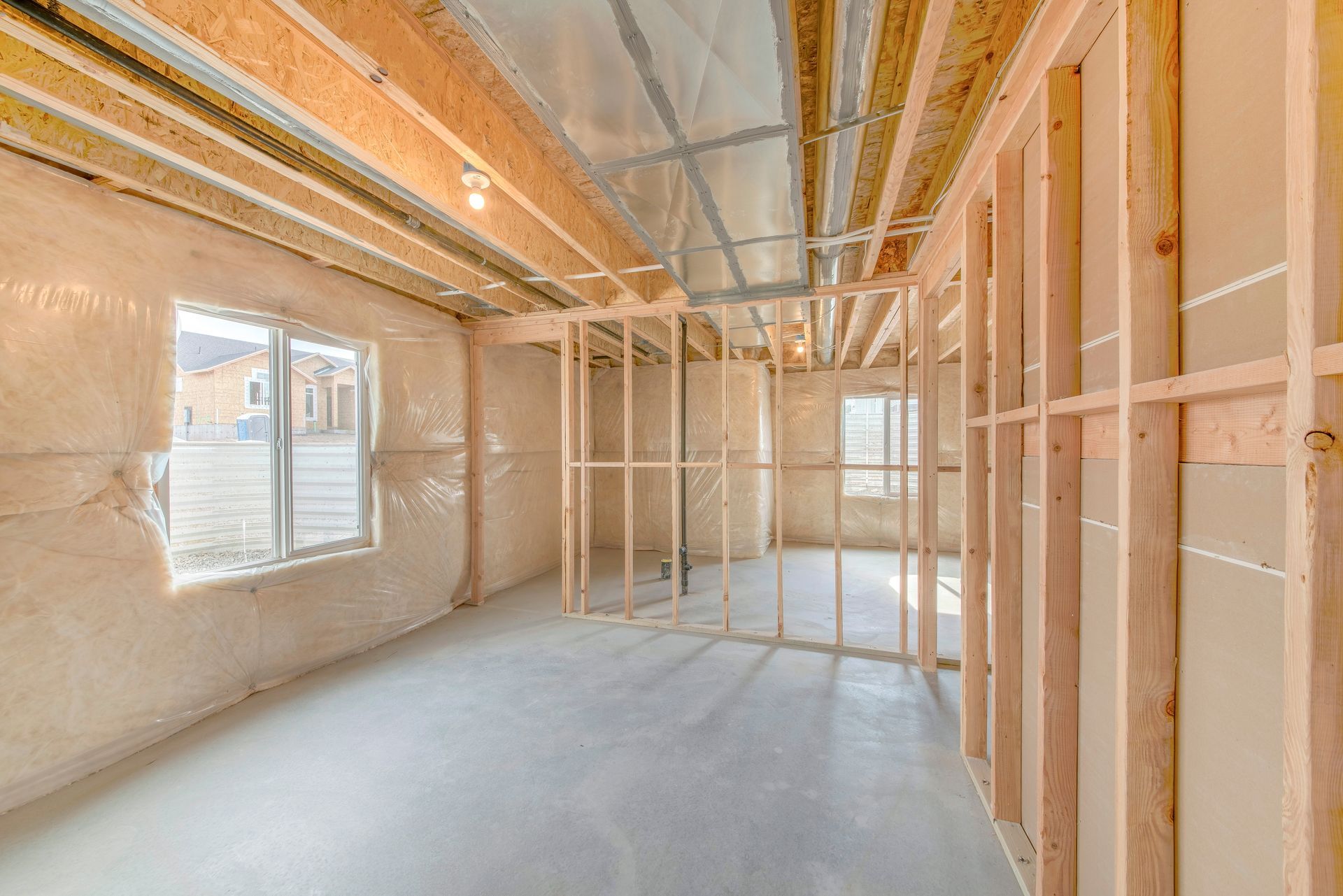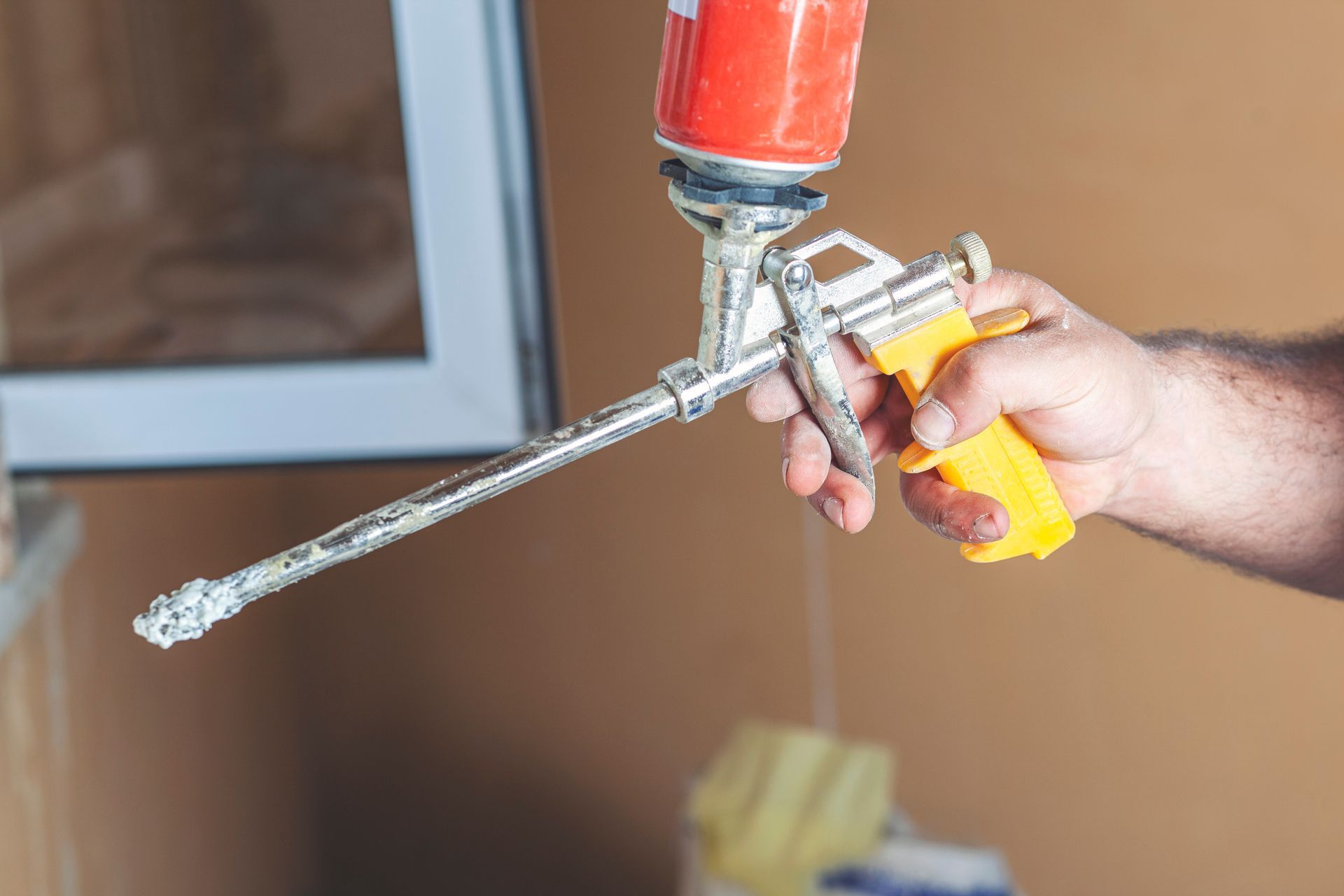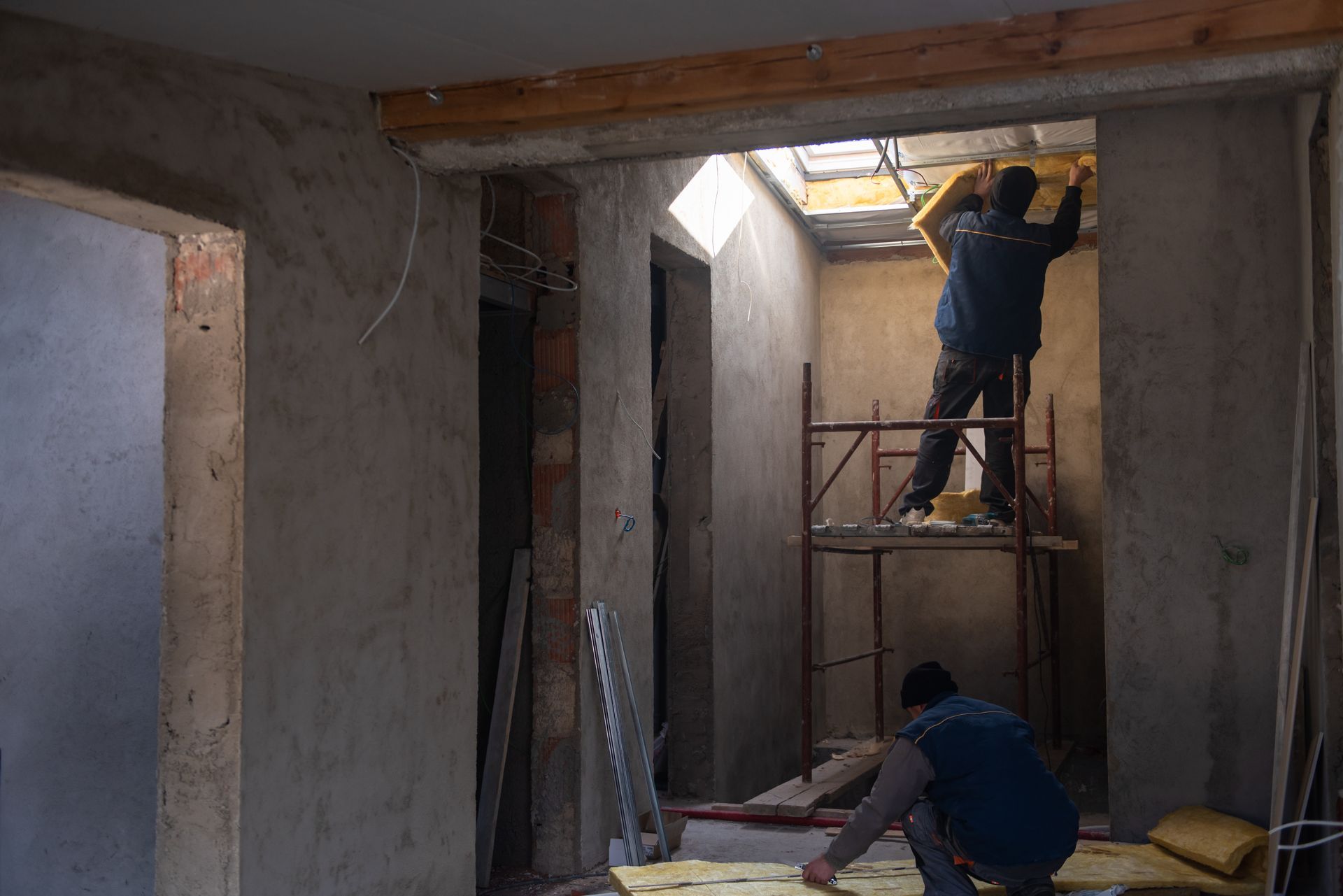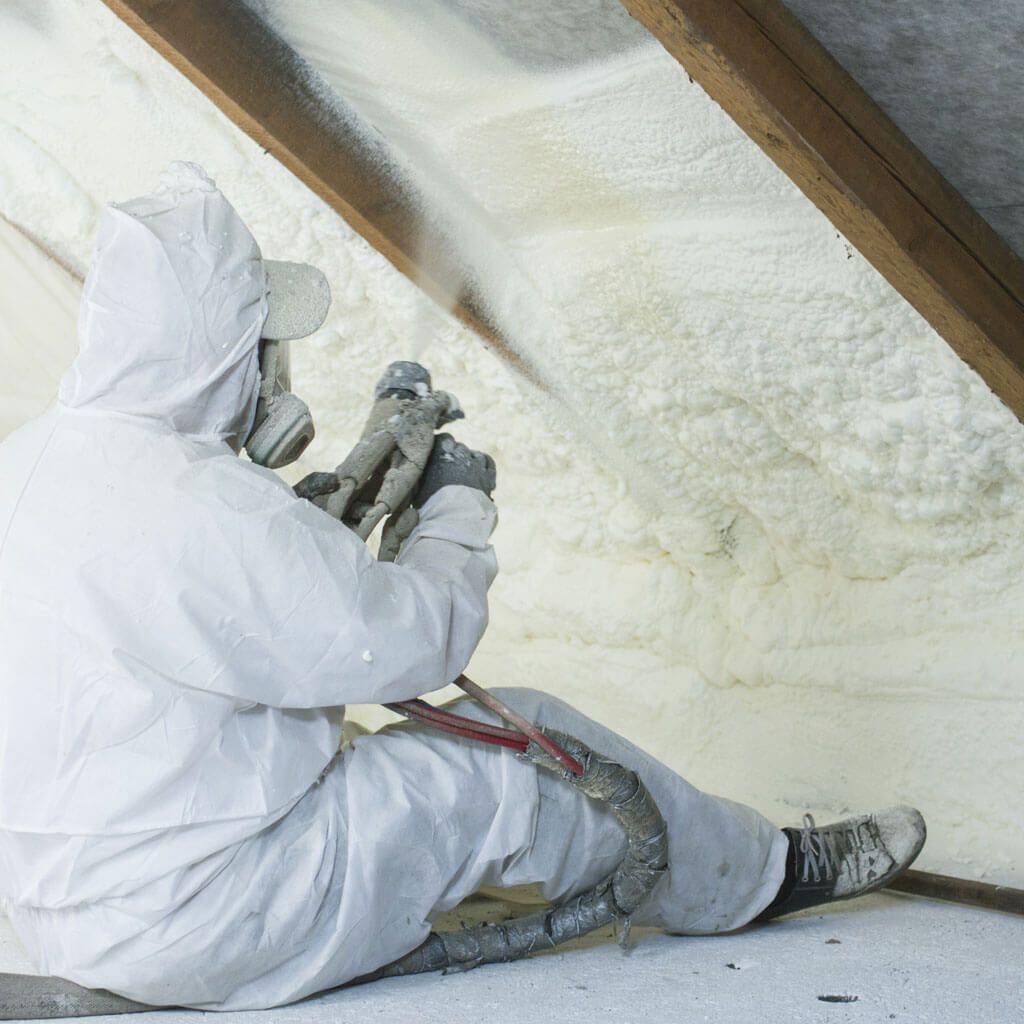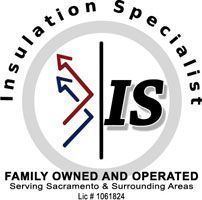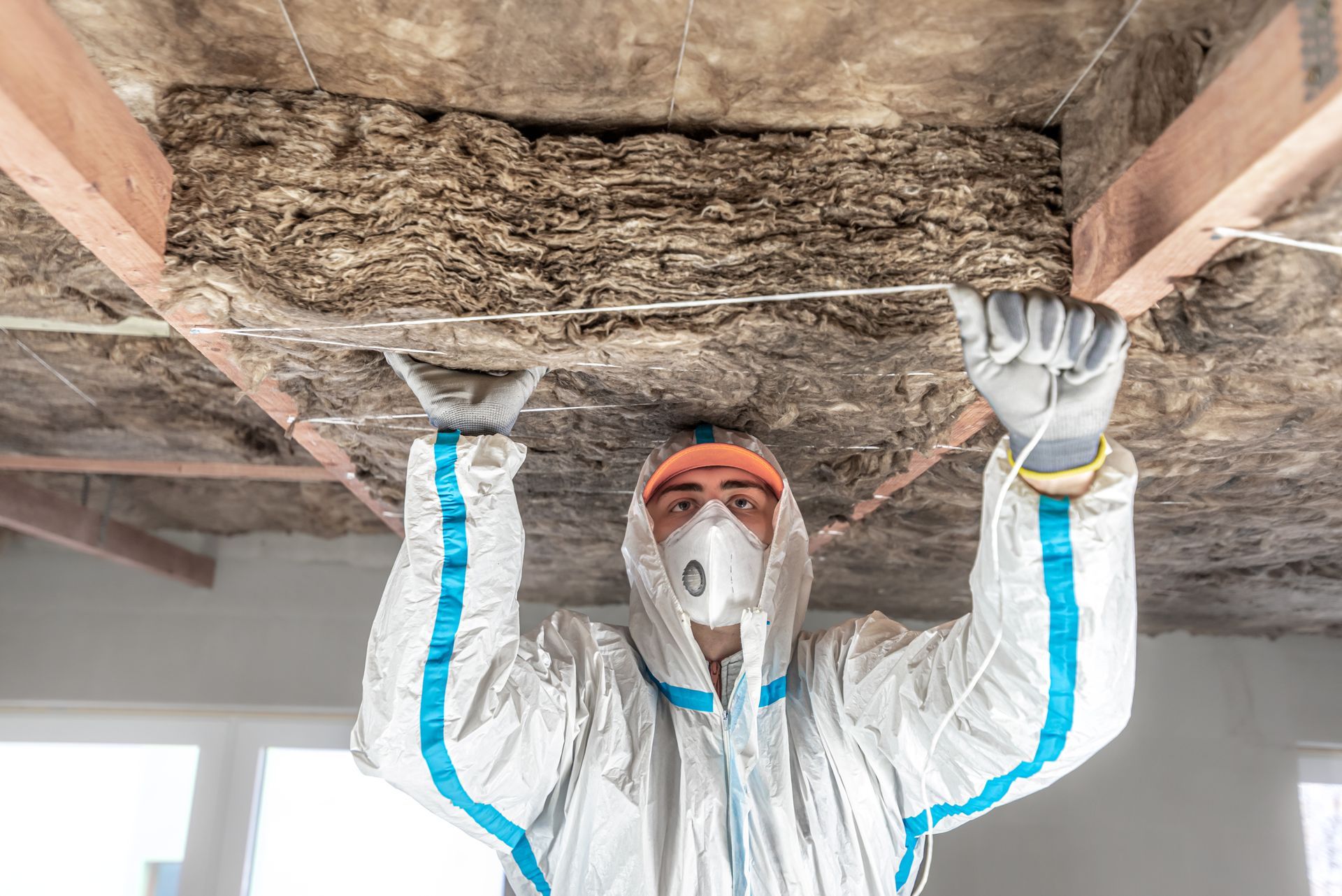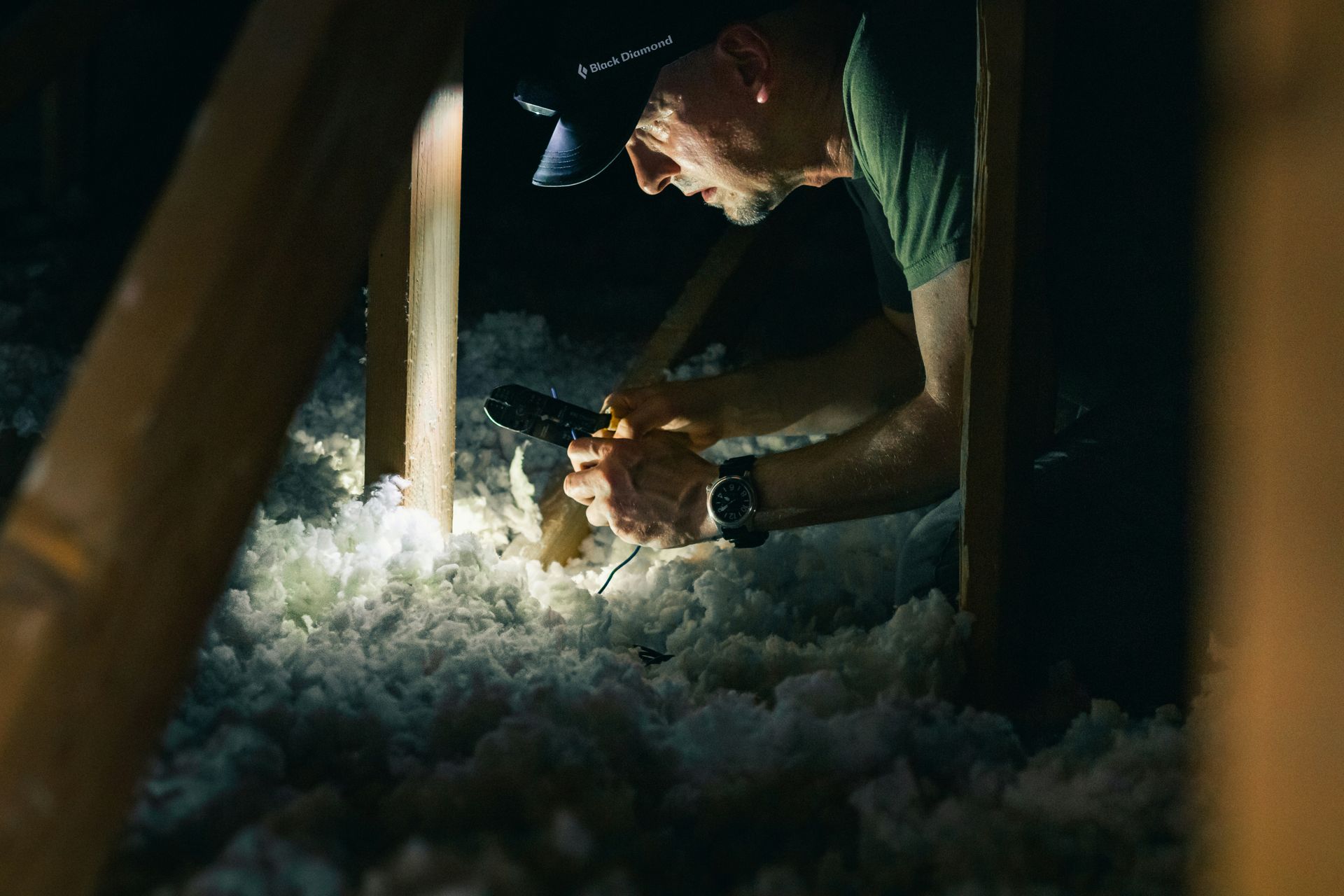Avoid These Common Mistakes When Installing Fiberglass Insulation
Installing fiberglass insulation is a critical step in improving the energy efficiency, comfort, and environmental impact of residential and commercial buildings. However, the effectiveness of insulation heavily relies on proper installation techniques. Even small mistakes can compromise insulation performance, leading to energy inefficiency, discomfort, and potential damage to the building structure. In this comprehensive guide, we'll delve into the most common mistakes made during fiberglass insulation installation and provide practical tips to ensure your project achieves maximum effectiveness and durability.
Common Mistakes When Installing Fiberglass Insulation
1. Ignoring Safety Precautions
Safety should always be the foremost concern when working with fiberglass insulation. Unfortunately, many DIYers and even some professionals overlook the importance of wearing proper protective gear. Fiberglass particles can irritate the skin, eyes, and respiratory system, causing discomfort and potential health issues. To safeguard against these risks, it's crucial to wear gloves, long sleeves, goggles, and a dust mask. Adequate ventilation in the work area is also essential to minimize exposure to airborne particles. Prioritizing safety ensures a healthier work environment and reduces the risk of short-term irritation or long-term health problems.
2. Incorrect Handling and Cutting
Improper handling and cutting of fiberglass batts or rolls can significantly diminish their thermal performance. One common mistake is compressing the insulation during installation, which reduces its R-value—the measure of thermal resistance. It's essential to carefully measure and cut the insulation to fit snugly between studs, joists, or rafters without compressing or stretching it. This ensures optimal coverage and maintains the insulation's thermal resistance properties, allowing it to effectively regulate indoor temperatures and reduce energy consumption.
3. Leaving Gaps and Inadequately Sealing Penetrations
A prevalent error in fiberglass insulation installation is leaving gaps around electrical outlets, light fixtures, pipes, and other penetrations in walls or ceilings. These gaps create thermal bridges, allowing heat or cold air to bypass the insulation and compromise its efficiency. To prevent thermal bridging, it's crucial to use foam insulation gaskets or caulking to seal around fixtures before installing fiberglass insulation. This approach forms a continuous thermal barrier, enhancing the insulation's effectiveness and maximizing energy savings over time.
4. Improper Installation of Vapor Barriers
Fiberglass insulation often requires a vapor barrier to prevent moisture from entering wall or ceiling cavities, which can lead to mold growth and structural damage over time. Improper installation of vapor barriers, such as placing them on the wrong side of the insulation or failing to seal seams adequately, can compromise their effectiveness. It's essential to follow manufacturer guidelines and local building codes when installing vapor barriers. This ensures they are properly positioned and sealed, thereby controlling moisture levels within the building envelope and preserving indoor air quality.
5. Overstuffing or Understuffing Insulation
Achieving the correct density of fiberglass insulation is crucial for maximizing its thermal performance and energy efficiency. Overstuffing insulation into wall or ceiling cavities can compress the fiberglass, reducing its R-value and diminishing its ability to resist heat transfer. Conversely, understuffing leaves gaps that allow for air leakage, compromising the insulation's effectiveness. To ensure optimal thermal performance, it's essential to follow insulation manufacturer recommendations and building codes to determine the appropriate density for different areas of your home or commercial building.
Expert Tips for Successful Fiberglass Insulation Installation in Placerville, CA
Proper installation of fiberglass insulation is paramount for enhancing energy efficiency, indoor comfort, and building durability. By avoiding common mistakes—such as neglecting safety precautions, mishandling insulation, leaving gaps, improper vapor barrier installation, and incorrect density—you can ensure your insulation project achieves optimal results. For expert guidance and professional insulation services, contact Insulation Specialist Inc at
(530) 401-3779. Our team is dedicated to delivering high-quality insulation solutions that maximize energy savings and comfort while ensuring long-term performance. In addition to
fiberglass insulation, we also offer
insulation contractor,
insulation installation,
insulation services,
loose fill insulation installation, and
spray foam insulation installation services to meet all your insulation needs.
FAQs About Installing Fiberglass Insulation
What is the best time of year to install fiberglass insulation?
Fiberglass insulation can be installed year-round, but moderate weather conditions are ideal for comfort and safety during installation.
How do I know if my home needs additional insulation?
Signs include fluctuating indoor temperatures, high energy bills, and discomfort. An insulation assessment from professionals can determine the optimal levels for your home.
Can I install fiberglass insulation myself?
Yes, but proper safety precautions and techniques are essential. Consider professional assistance for larger or complex projects.
Should I remove old insulation before installing new fiberglass insulation?
It depends on the condition and effectiveness of the existing insulation. Consult insulation specialists to evaluate the best course of action.
How long does fiberglass insulation last?
With proper installation and maintenance, fiberglass insulation can last for decades, providing consistent thermal performance and energy savings.
